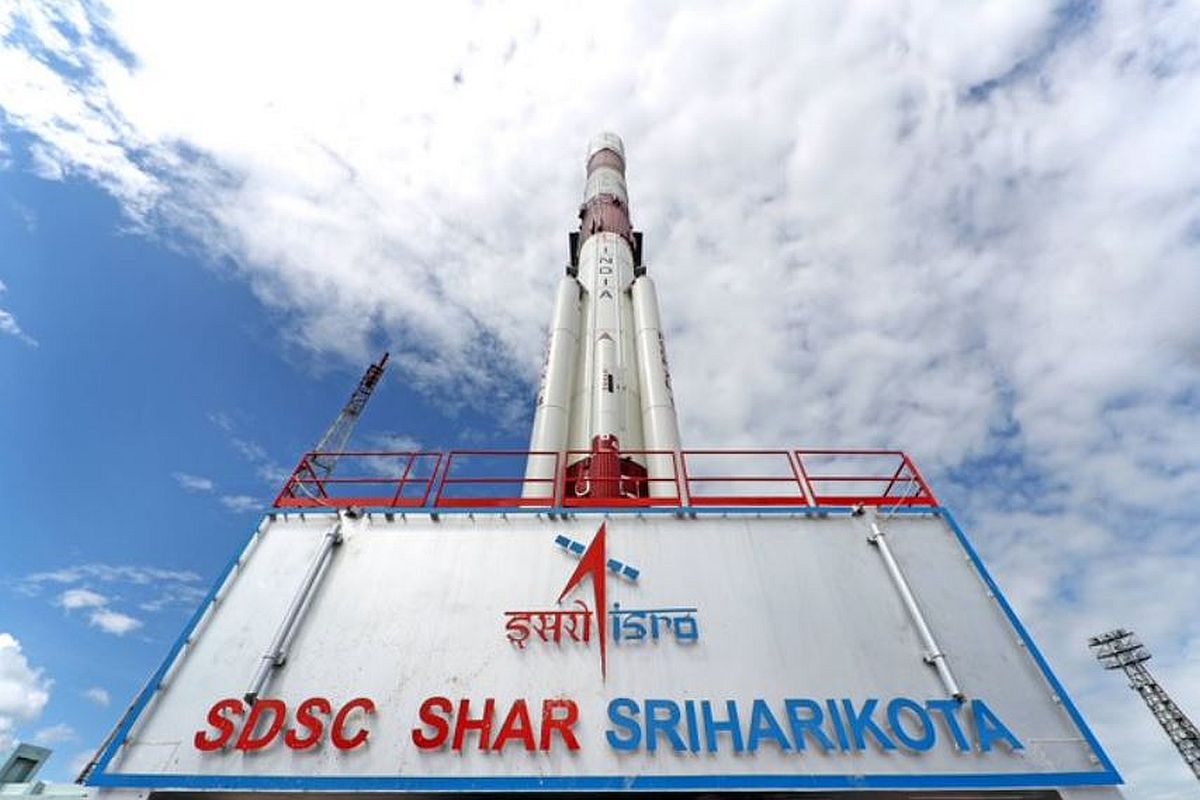Even as the second wave of coronavirus spread has hampered the mission-related traveling of Indian space sector officials, the various planned programs like human space mission Gaganyaan are progressing said an official.
“The human rating process of the Geosynchronous Satellite Launch Vehicle-Mk III that will carry the Indian astronauts is on. Similarly, the crew module is under development and orders for 80 per cent of the hardware have been placed and supplies from the vendors have started,” the official of Indian Space Research Organisation (ISRO) told IANS preferring anonymity.
Advertisement
According to the official, the static tests of the rocket’s solid fuel motor are slated this September and liquid fuel engines will also be tested.
The first human rated unmanned GSLV-Mk III rocket is expected to fly by the end of 2021.
Similarly, ISRO’s Small Satellite Launch Vehicle (SSLV) with a carrying capacity of 500 kg is expected to make its maiden flight this year.
ISRO will be carrying out the static test of the rocket’s first stage again in two months’ time as the first test was unsuccessful as there were some issues with the engine’s nozzle.
The second test will be done with the engine that was kept for the rocket. A new first stage engine for the rocket has to be built.
The other two stages/engines for the proposed SSLV have been tested earlier, the official said.
The rocket is planned to fly with an Indian earth observation satellite this year.
The coronavirus spread in Karnataka and the restrictions on mobility of people has delayed ISRO’s plans to test its reusable launch vehicle’s (RLV) landing on the ground that was planned in November/December.
The ISRO is targeting to build RLV similar to USA’s space shuttle to put into orbit satellites and come back to land for the next mission. This in turn would bring down the satellite launch costs.
The space agency had planned to test RLV’s landing in Chitradurga district in Karnataka.
The two Indian rockets in service – Polar Satellite Launch Vehicle (PSLV) and Geosynchronous Satellite Launch Vehicle (GSLV) – and also the upcoming SSLV – are expendable ones.
As per plans, the RLV will be lifted up by a helicopter and from the height of four km it will be released.
Post release by the helicopter, the RLV will glide and navigate towards the runway and land on its own in an airfield in Chitradurga District deploying its parachute.
India’s first Geo Imaging Satellite (GISAT-1) to be placed in geostationary orbit might happen sometime during the middle of next month.
The satellite and the rocket (Geosynchronous Satellite Launch Vehicle – F10 (GSLV-F10) is ready at the rocket launch centre in Sriharikota.
The GISAT-1 will be the country’s first sky eye or earth observation satellite to be placed in geostationary orbit.
Originally the GISAT-1 was slated for launch on March 5, 2020, but hours before the launch Indian Space Research Organisation (ISRO) announced postponement of the mission owing to some technical glitch.
Soon after the Covid-19 pandemic and the lockdown delayed the mission. The rocket had to be dismantled and cleaned up.
Subsequently, the GISAT-1 launch was slated for March 2021 but due to problems in the satellite’s battery side, the flight got delayed.
With the replacement of the battery the satellite and the rocket are getting ready for their flight at Sriharikota.
The Indian space agency had earlier said the 2,268 kg GISAT-1 would provide a real time image of a large area of region of interest at frequent intervals. It will also enable quick monitoring of natural disasters, episodic events and any short-term events.











